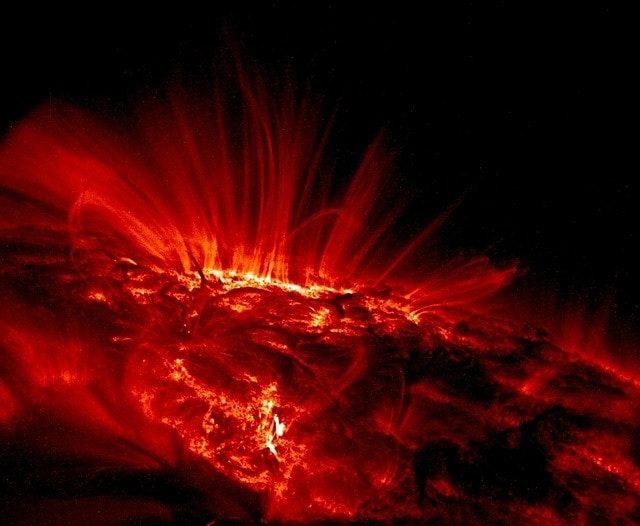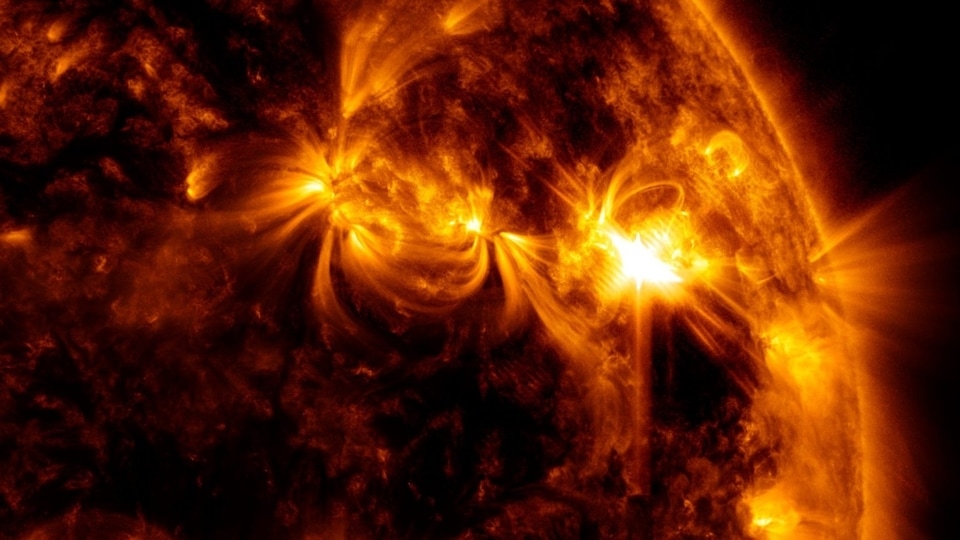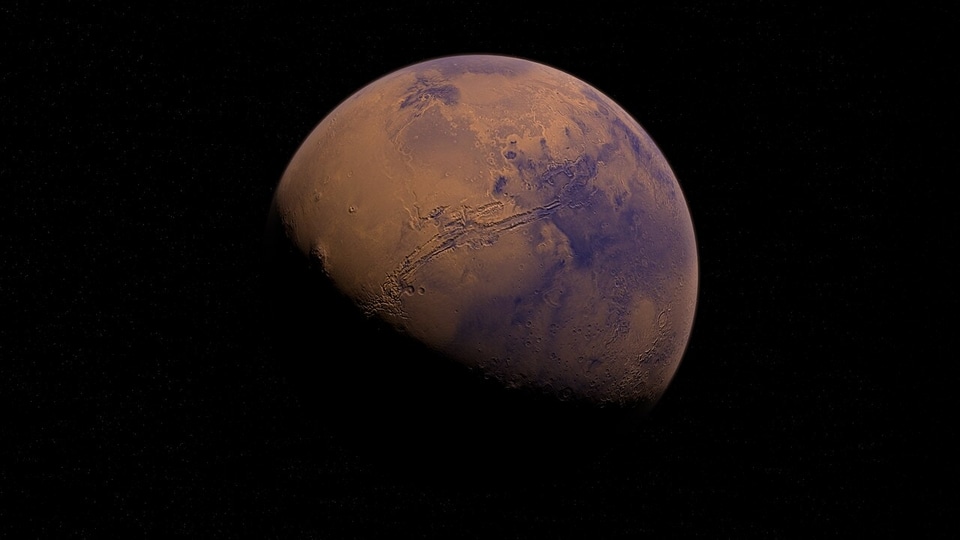A cosmic hide and seek: Mars disappears from sight as Sun "swallows" it
Prepare for a cosmic hiatus as Mars vanishes from our view. Not only will no one be able to see it, NASA itself will lose all communication with its spacecraft circling Mars.






 View all Images
View all ImagesIn an astronomical twist, Mars is set to vanish from our celestial view for a fortnight, starting this Saturday. The phenomenon responsible for this cosmic disappearance is known as solar conjunction, where the sun acts as a radiant curtain, temporarily veiling Mars and Earth from each other. NASA aptly describes this celestial ballet as akin to dancers obscured by a colossal bonfire.
This cosmic rendezvous occurs every two years, creating a celestial gap of approximately 235 million miles between Earth and Mars, compared to their usual 140 million-mile separation. While sky gazers may only notice a fleeting absence, the event holds significant consequences for NASA's interplanetary communication, Space.com reported.
Communications Blackout
As part of precautionary measures, NASA has decided to halt all communications with its Martian fleet during the conjunction. The reason behind this communication blackout lies in the potential interference caused by the Sun's corona, which could disrupt signals between Earth and Mars. This interference poses a risk of unexpected behavior from robotic explorers like the Perseverance Rover and the Ingenuity helicopter.
NASA explained, "It's impossible to predict what information might be lost due to interference from charged particles from the Sun, and that lost information could potentially endanger the spacecraft." To mitigate this risk, engineers diligently prepare two weeks' worth of instructions before the moratorium on commanding Mars spacecraft, spanning from November 11 to November 25, 2023.
However, space enthusiasts need not fret about the temporary communication blackout. While the space agency temporarily suspends commands to its Martian fleet, the mission teams have meticulously curated to-do lists for all Mars spacecraft. "Our mission teams have spent months preparing to-do lists for all our Mars spacecraft," assures Roy Gladden, the manager of the Mars Relay Network. "We'll still be able to hear from them and check their states of health over the next few weeks."
As Mars slips behind the solar curtain, both scientists and enthusiasts await the resumption of interplanetary communication and the intriguing updates that await us from the red planet.
Catch all the Latest Tech News, Mobile News, Laptop News, Gaming news, Wearables News , How To News, also keep up with us on Whatsapp channel,Twitter, Facebook, Google News, and Instagram. For our latest videos, subscribe to our YouTube channel.
































